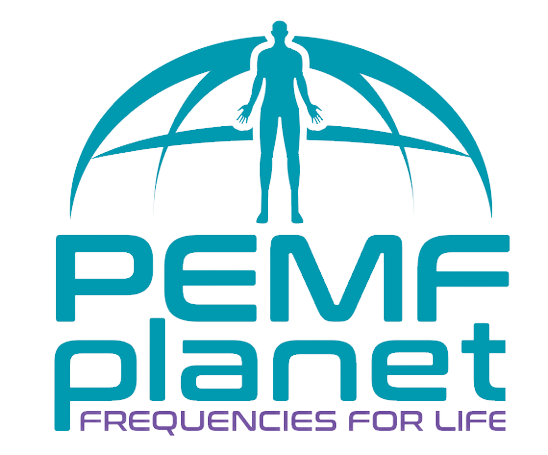
Modern life asks a lot of our cells — screens, stress, travel, indoor living, and constant wireless exposure. One way people support their daily bioelectrical balance is by using low-intensity PEMF systems designed to mirror the Earth’s natural field and gently encourage the body back toward its preferred state.
This article explains how PEMF can fit into that kind of lifestyle routine — without making medical promises — and why time, waveform, and consistency matter.
What PEMF Systems Actually Do
PEMF (pulsed electromagnetic fields) in the wellness context refers to low-frequency, low-intensity fields that interact with the body’s own bioelectrical nature. The human body is not just chemical — it’s bioelectrical — so giving it organized, rhythmic input can be a way to support:
-
relaxation and recharge time
-
better daily energy management
-
a more balanced response to day-to-day stressors
-
a supportive environment for the cells to do what they already know how to do
We’re not talking about diagnosing, treating, or preventing any condition here — just providing a clean, nature-like signal the body can use.
Why Cellular “Environment” Matters
Cells tend to perform better when their environment is calm, oxygenated, and not overloaded. A regular PEMF session can be one of those signals that reminds the body, “Here is a coherent pattern.” Many users like it for this reason — it becomes part of their self-care rhythm, like hydration, good sleep habits, and movement.
Time-of-Day Session Logic
Many modern PEMF systems offer different programs for morning, mid-day, and evening. That’s not random — the body doesn’t need the same type of input at 8 a.m. as it does at 9 p.m.
-
Morning sessions often aim to gently activate and prepare you for the day.
-
Mid-day sessions can help you reset after screens, work, or travel.
-
Evening sessions tend to be calmer, helping the nervous system shift toward rest.
Using it this way makes PEMF less of a “once in a while gadget” and more of a daily bioelectrical hygiene tool.
Consistency Beats Intensity
A common misconception is that stronger is better. For everyday support, it’s usually the opposite: low, rhythmic, and consistent sessions tend to be more in line with how the body naturally operates. That’s why many systems are built for daily use at home — 8 to 16 minutes, 1–2 times per day, depending on the program you choose.
PEMF and Modern EMF Exposure
People also ask whether PEMF can “protect” them from man-made EMFs. It’s better to frame it like this: a well-designed PEMF system can help you counterbalance the constant load of modern living by re-introducing an organized, nature-like field. You still want good EMF hygiene (turning off routers at night, not sleeping on your phone, etc.), but PEMF can be one supportive part of that stack.
Choosing a System
When you look at PEMF systems in 2025, consider:
-
Signal quality – low-frequency, Earth-inspired, non-aggressive.
-
Full-body applicator – so you’re not just spot-treating but giving the whole body organized input.
-
Software programs – morning/day/evening options so it’s easy to stay consistent.
-
Upgrade path / accessories – some brands offer light/sound, local applicators, or FIR modules that complement PEMF in a compliant wellness way.
-
Support – especially for first-time users, guidance on how to build a routine is just as important as the hardware.
This is where your page about iMRS Prime / Omnium1 fits in nicely — those systems are built exactly around daily usability, multiple applicators, and gentle fields.
How to Use This in Real Life
-
Do a short session in the morning to set the tone for the day.
-
If you work at a desk or on screens, do a mid-day reset.
-
In the evening, use the calmer program to help your system downshift.
-
Pair it with hydration (your H₂ ecosystem), breathing, and proper sleep timing.
Over time, you’re not “treating” anything — you’re building a bioelectrical environment that’s more organized than what modern life usually gives you.
Important Note
PEMF systems described here are for general wellness, relaxation, and lifestyle support. They are not presented as medical devices for diagnosis, treatment, cure, or prevention of disease. Always follow the manufacturer’s guidelines and consult your health professional if you have an implanted device, are pregnant, or have specific health questions.
